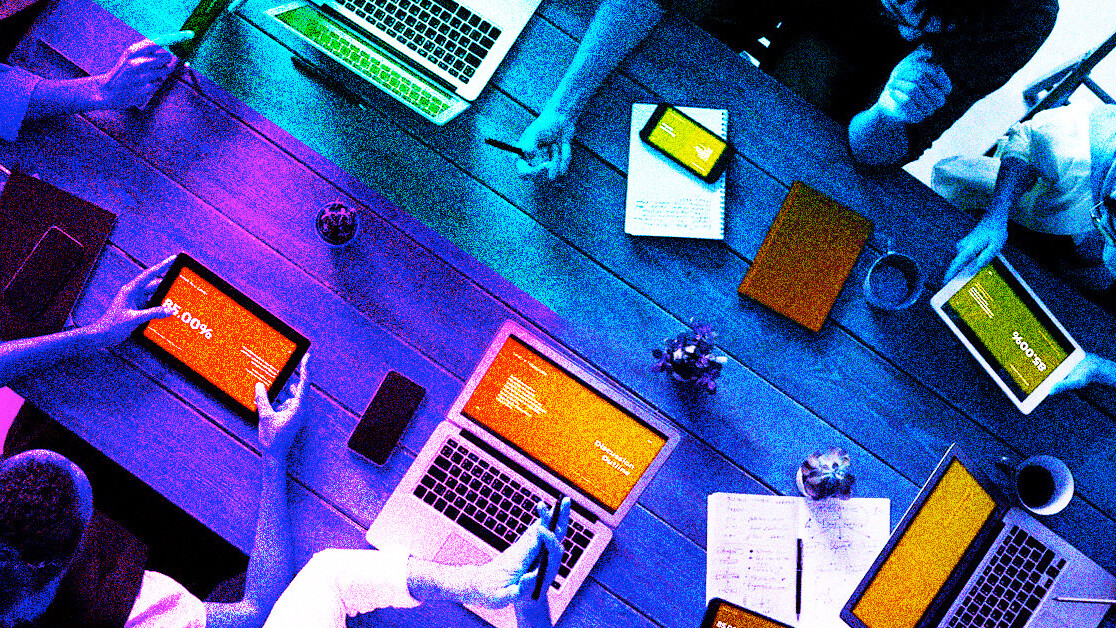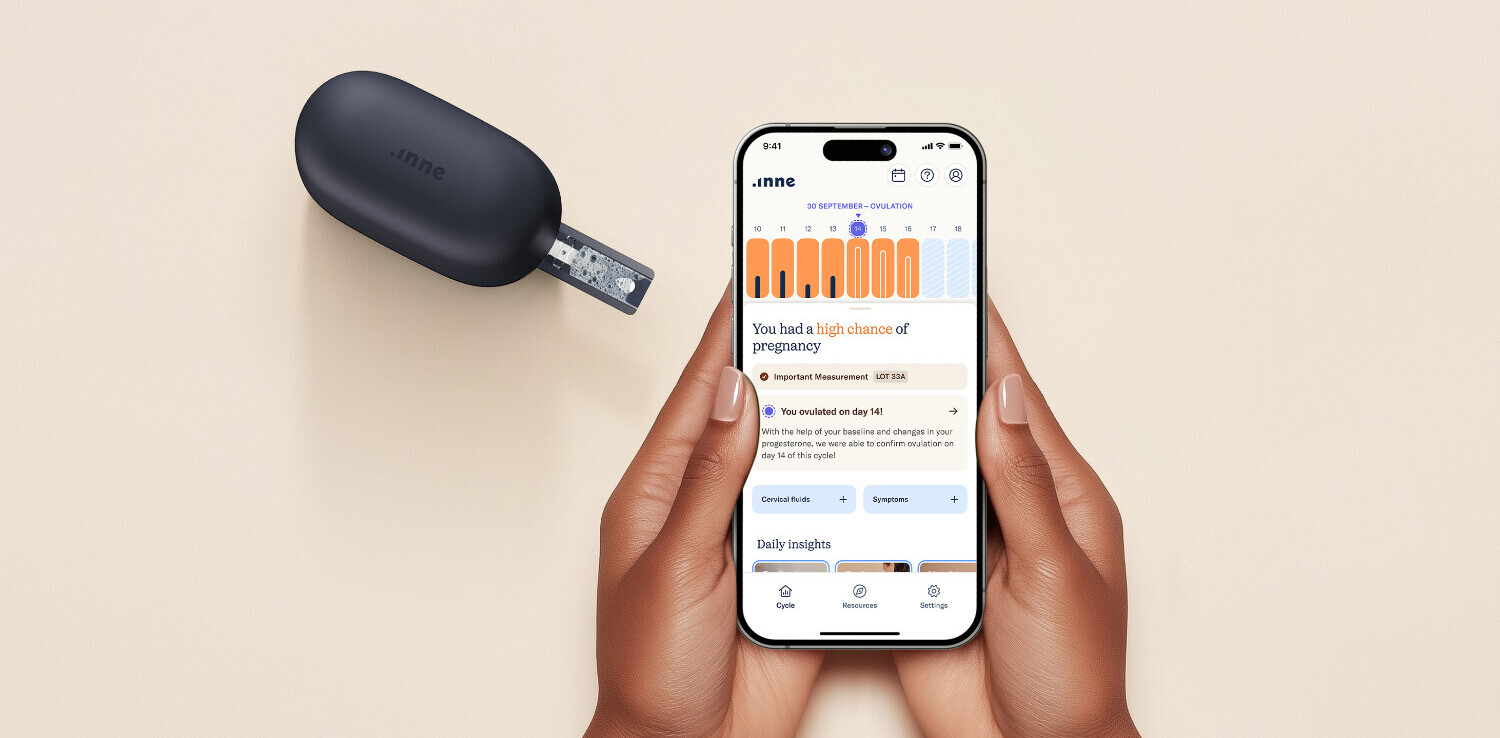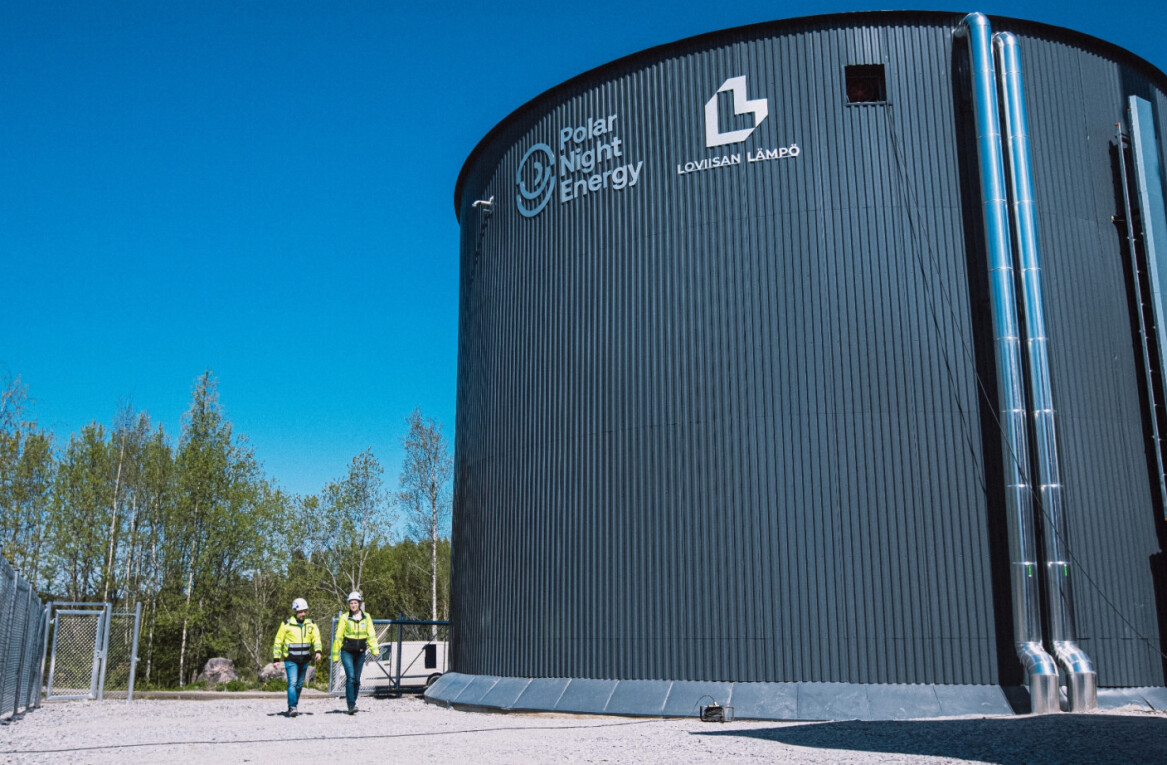
Like many other companies, with the onset of the pandemic, Growth Tribe faced the sudden challenge to either innovate or become irrelevant. This is the story about how we not only survived, but were able to develop a new business model and secure €3 million in funding.
I hope that, by sharing our learnings, we can help other companies facing a similar situation to weather the storm and come out stronger.
Around February 2020 we saw our revenue going down. People started to postpone their courses because they weren’t sure if they’d be allowed to fly anymore or be in a classroom together. It was clear pretty early on that social distancing was going to be a big problem for us because 95% of our learning journeys were based on in-person training.
On top of that, we had been in the process of closing a significant funding round. The final checks were being made when rumblings of COVID-19 potentially coming to Europe started coming in.
About 80% of funding rounds were being canceled at the time and we thought to ourselves, “Are we going to be in that 80% or 20%?”
At the same time a key senior employee decided to leave the company.
That was really when I felt we had hit our low point.
Antifragility
Every day we had new curveballs coming at us. “What if we don’t get the investment? Can we keep growing? What kind of government support will there be? Do we even get government support? What’s going to happen to everyone at Growth Tribe?”
In hard times, I firmly believe you need to make sure your team stays together. There are two books by Nassim Nicholas Taleb which I find really describe what we’re living through now:
The Black Swan: The Impact of the Highly Improbable which says that if you can’t predict the future, the crisis will always come from an unexpected event. And the second book is Antifragile: Things that Gain from Disorder about how only companies that are adaptable to rapid change will survive and thrive in uncertainty.
And that’s what we did.
Crisis management time
During a crisis, one of the first steps companies take is to make cuts, but startups rarely cut their way to success. They need to grow, especially early stage startups.
So we decided to take a more opportunistic-optimistic view of the situation and start experimenting with product iterations to identify and double down on big bets.
We got our directors team of six to seven people together and built a war room to tackle the question: how can we embrace this next crisis as an opportunity rather than a threat? We came up with a list of 25 ideas and ranked them based on:
- The likeliness of it working
- Ease of execution
- How big of an impact it would have
Luckily we had already begun creating a digital hybrid of our classes before the crisis to give us more flexibility. Having all our trainers centralized in Amsterdam meant they were flying abroad to different locations for trainings. But this limited us and wasn’t sustainable from an environmental perspective.
When some of our classes across Asia started being canceled, we decided to accelerate our transition. What was supposed to happen over 12 months happened in 12 days.
I find it interesting that most corporations are killing innovation and training budgets at the moment, because that’s actually what they need most right now. If you look at some of the articles coming from publications like McKinsey and HBR, they’re all saying now is the time to experiment as fast as possible and spend more money on innovation projects.
Getting clients onboard
To make this work, we would have to show our audience something different. We would have to make it really hands on, practical, and interactive.
We quickly began experimenting both online and offline. Here I really saw the power, speed, and brainpower of everyone at Growth Tribe. The team’s reaction was impressive. We ran online smoke tests and high hurdle tests for our bootcamp courses.
For the corporate side, we had discussions with every single one of our corporate clients until we had some sort of letter of intent or quote saying there was buy-in from them to move their learning experiences online. The company became an experiment laboratory.
That took a lot of work. We’re talking: creating marketing collateral, building videos to show what the learning experience would look like, building up the online learning experience, etc. But this gave us the evidence we needed to go forward with this strategy, whether we got the investment or not.
We started creating studios and, in two weeks, we flipped the whole company. So when social distancing measures were announced in Europe, we had all our courses online already.
Since the pandemic started, we’ve trained over 500 students.
Getting investors onboard
When we came back to the investors we were prepared.
We showed them external reports, data, and graphs. But we were also able to reassure them by showing hard proof of what we had achieved in those two weeks. We had already gotten traction by selling online courses and producing letters of intent. We had already made sure that operations, HR, and our marketing materials were all aligned.
We also showed them pictures of our new creative studio. And, most importantly, we showed student feedback proving we’d been able to create the same amazing learning experience.
Ultimately, what we were able to show them was that this was actually a great opportunity and we were prepared to seize it by pivoting and adapting rapidly.
3 tips for surviving and thriving in an uncertain future
It’s really difficult to predict what will come in the future. Will the spike go up again? Will new social distancing measures be put in place? You don’t know what will happen with the economy yet, so making big plans for the future is difficult.
The first thing I’d suggest is to stay close to your customers. Before the government lockdown, a lot of companies already started imposing travel bans, which is what first alerted us. In a crisis, even if you’re not selling to them, just talk to your customers about what’s going to happen and how things are moving.
Second, experiment as fast as possible and trust your teams. We’re constantly experimenting with new products, new delivery channels, and new markets. We’re living in a new reality and when you don’t know what’s coming, the best thing to do is test, try and learn.
So make sure your team has the tools and knowledge they need to run effective experiments. And trust them. The team was 95% of the reason for our rapid pivot.
Third, spend more time re-skilling your people because the market is going to be different and it’s going to change way faster now. The rise and fall of new technology and changing market conditions will also cause a rapid change in the skills that will be needed.
Digital transformation is not about technology, it’s about talent. Prepare your company for what could come by preparing your team with the knowledge they need.
Get the TNW newsletter
Get the most important tech news in your inbox each week.





